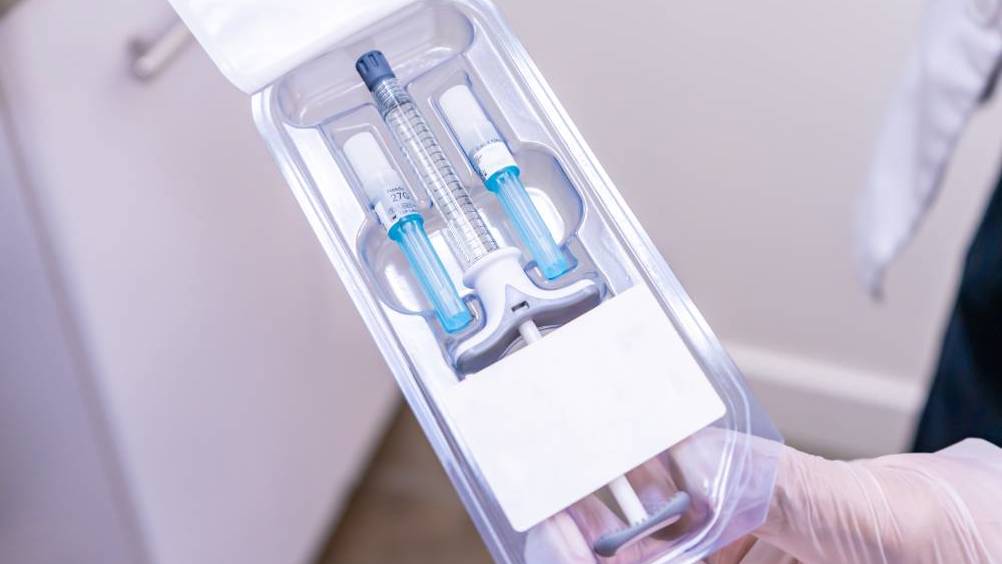References
Gluteal projection and augmentation using polycaprolactone-based filler: a promising new indication

Abstract
Buttock improvement and augmentation have become a whole new challenge to the medical aesthetics field. Nowadays, besides surgical options, the only available non-surgical treatment for gluteal augmentation is the injection of biocompatible fillers. Nevertheless, these minimally invasive treatments have their own limitations. In the quest to find a better option to treat this specific area, the idea of using polycaprolactone (PCL) to enhance the gluteal area emerged.
The case of a 26 year-old female patient who desired a non-surgical buttock enhancement is presented. She was treated with PCL-based filler to achieve such an improvement. The clinical photographic results were outstanding, with a nine out of 10 overall satisfaction subjective score.
In conclusion, using PCL could become a new alternative to non-surgical gluteal enhancement. Due to the collagen biostimulation property of the filler, the treatment will also enhance the skin quality, giving the buttocks an overall improvement.

Social media has created an uprising desire to aim for aesthetic perfection. Filters and photo editing apps suggest that we can improve ourselves with just one click.
Lately, soft tissue fillers are on the rise supplanting in many situations more invasive procedures such as surgery (Melo et al, 2017).
One of the areas that have not been exploited with the use of medical-grade soft tissue fillers for its anatomical location and extension is the gluteal area.
Usually, there are two types of dermal fillers in the market: biodegradable fillers, such as hyaluronic acid (HA) and biodegradable collagen stimulators such as calcium hydroxyapatite (CaHa) and polycaprolactone (PCL), and non-biodegradable fillers such as polymetilmetacrylate (PMMA) (Jongseoo et al, 2014).
Minimally invasive treatments to achieve the perfect buttock have been requested by patients for decades. However, with multiple complications such as product migration, nodules or granulomas that took place with the use of silicone and other non-absorbable products to achieve these results, it became a surgery only answer. However, with all the minimally invasive procedures on the rise, a new field for minimally invasive body shaping emerges from its latent state. (Chacur et al, 2019).
Register now to continue reading
Thank you for visiting Journal of Aesthetic Nurses and reading some of our peer-reviewed resources for aesthetic nurses. To read more, please register today. You’ll enjoy the following great benefits:
What's included
-
Limited access to clinical or professional articles
-
New content and clinical newsletter updates each month


